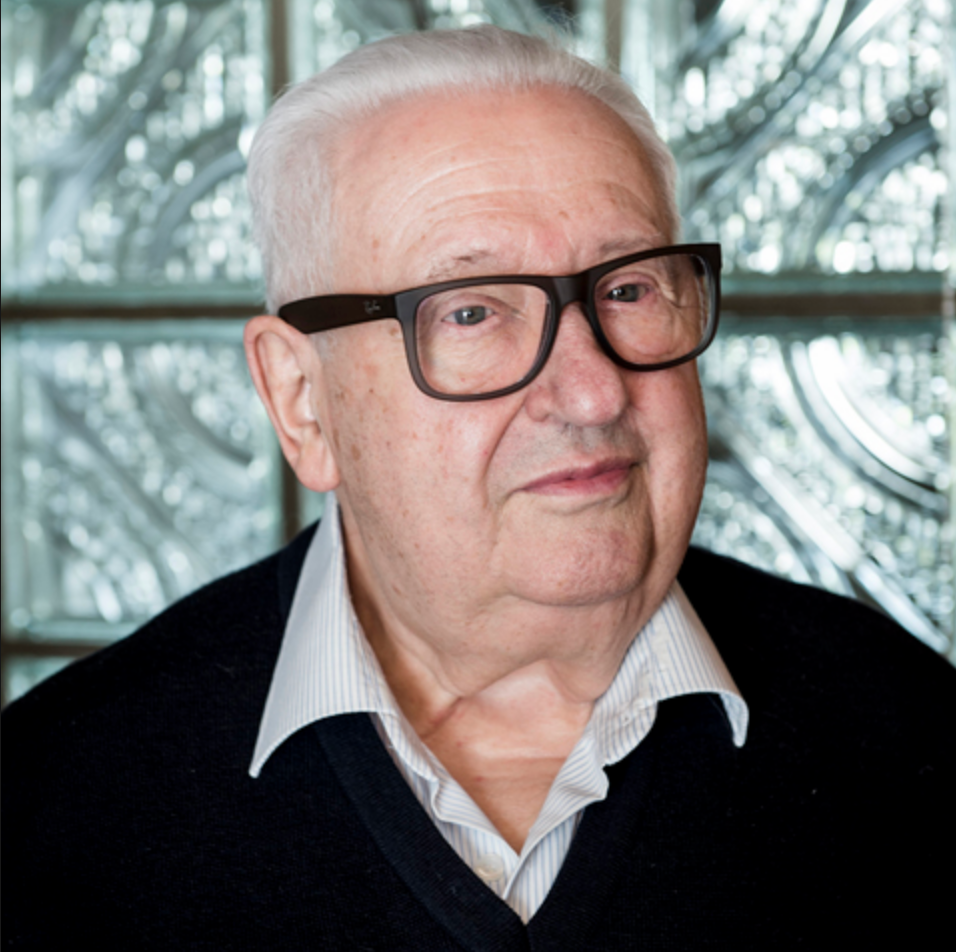Mr. Moonwalk
Walter Kuehnegger has been researching lunar locomotion for more than half a century.
/https://tf-cmsv2-smithsonianmag-media.s3.amazonaws.com/filer/06/56/0656c278-3e85-4854-819b-cb91c60564ee/schmitt_a17.png)
While Monty Python might have you think otherwise, studying astronaut walks is no silly business.
Back in the 1960s, in preparation for the first lunar landing, NASA investigators produced a five-volume report examining how astronauts could best move around using spacesuits in lunar gravity, which is only one-sixth as strong as Earth’s. The Apollo astronauts were able to these techniques on the moon, starting with Neil Armstrong and Buzz Aldrin on Apollo 11 in 1969.
The report—although half a century old now—is still cited in the scientific literature. And its lead author, 89-year-old Walter Kuehnegger, is still publishing research on moon and Mars “gaits,” as in this paper presented recently at the International Astronautical Congress in Australia. The new study was led by Irene Lia Schlacht, a human factors researcher at Politecnico di Milano in Italy.
“Since the moon has one-sixth of Earth’s gravity, the idea was to design a simulator that produces that gravity,” Kuehnegger said in a phone interview from Germany. In the 1960s, his team of investigators at NASA did this by offloading the other five-sixths of a subject’s body weight. With most of their mass supported by springs and cables, the male test subjects suddenly turned into supermen—able to perform somersaults, giant leaps and other feats normally impossible on Earth. (Today NASA simulates Martian and lunar gravity with its ARGOS Active Response Gravity Offload System in Houston.)
During the Apollo era, most of the work focused on treadmill tasks, at grades ranging from level to a 30-degree slope. Subjects were tested at walking and running gaits, both in shirtsleeves and in pressurized spacesuits. The goal was to evaluate which gaits were best for metabolic consumption—which consumed the least energy and oxygen. This is especially important in a spacesuit, because oxygen is limited.
Kuehnegger maintains the “kangaroo hop” was best. “By performing a kangaroo-type leaping and jumping, you require the least amount of energy, and consume the least amount of oxygen.”
But that’s not what the Apollo astronauts favored during the six lunar landing missions. Apollo 11, which was a short, 2.5-hour test walk on the surface, Armstrong and Aldrin mostly walked flat-footed, according to the Apollo Lunar Surface Journal. Aldrin spent only a few moments testing out jogs and hops on the surface.
“The so-called kangaroo hop does work, but it seems as though your forward mobility is not quite as good as it is in the more conventional, one-foot-after-another,” Aldrin said during his lunar outing. In practice, later crews only used the kangaroo hop when playing around, or when the astronauts jogged down a steep slope on Apollo 17 in 1972.
Later astronaut crews refined their moonwalking technique to take better advantage of the one-sixth gravity. Most astronauts, according to the Apollo Lunar Surface Journal, “favored a loping gait in which they still alternated feet, but pushed off with each step and floated forward before planting the next foot.” But at least two astronauts—Ed Mitchell on Apollo 14 and Gene Cernan on Apollo 17—preferred a more skipping motion.
Kuehnegger eventually became an orthopedic surgeon, reasoning that many back problems start with poor gaits or standing positions. “If one toe hurts, like the big toe on the right [foot], you shift your entire body to the left and immediately you stand there crookedly, all the way up to your head.”

Before retirement, some of his other projects included creating devices and systems to help patients with locomotion disabilities, working as a clinical orthopedic surgery professor for Howard University in Washington, D.C., and becoming director of research and development for Bauerfeind GmbH, a German health care company.
As for astronaut walks, Kuehnegger said more gait research is needed before astronauts head off to Mars. Since the gravity field is twice as strong there as on the lunar surface, he says locomotion problems would not be the same. Kangaroo hops may not be the best way to go on a Mars-walk.
/https://tf-cmsv2-smithsonianmag-media.s3.amazonaws.com/accounts/headshot/Eliz_Howell.JPG)



/https://tf-cmsv2-smithsonianmag-media.s3.amazonaws.com/accounts/headshot/Eliz_Howell.JPG)